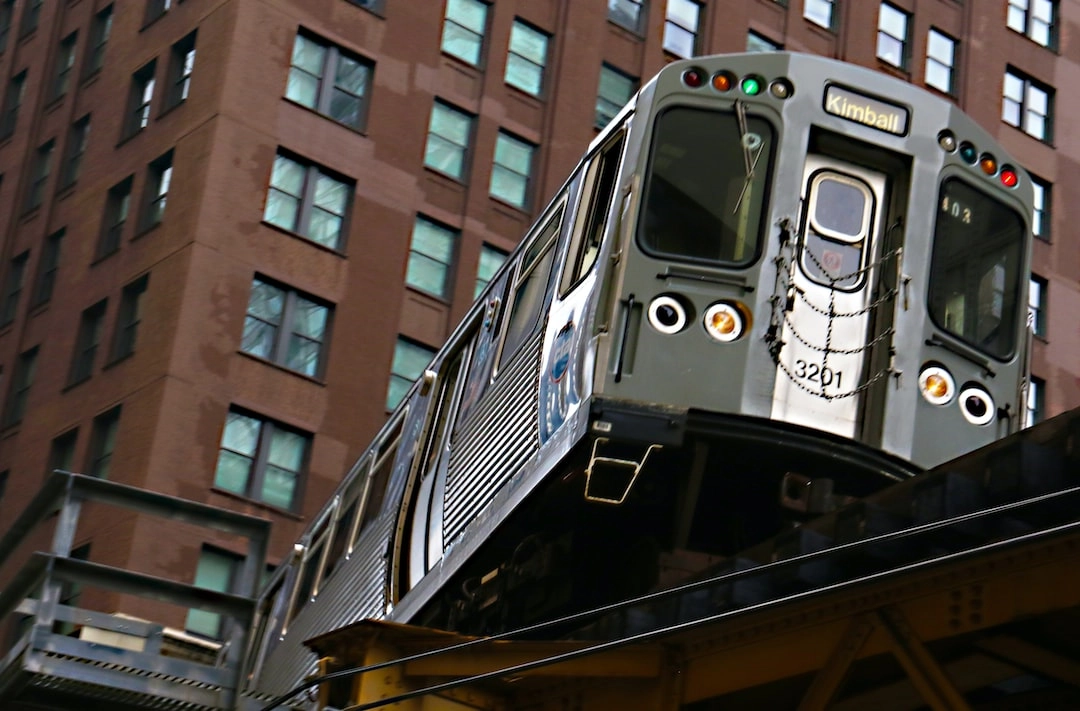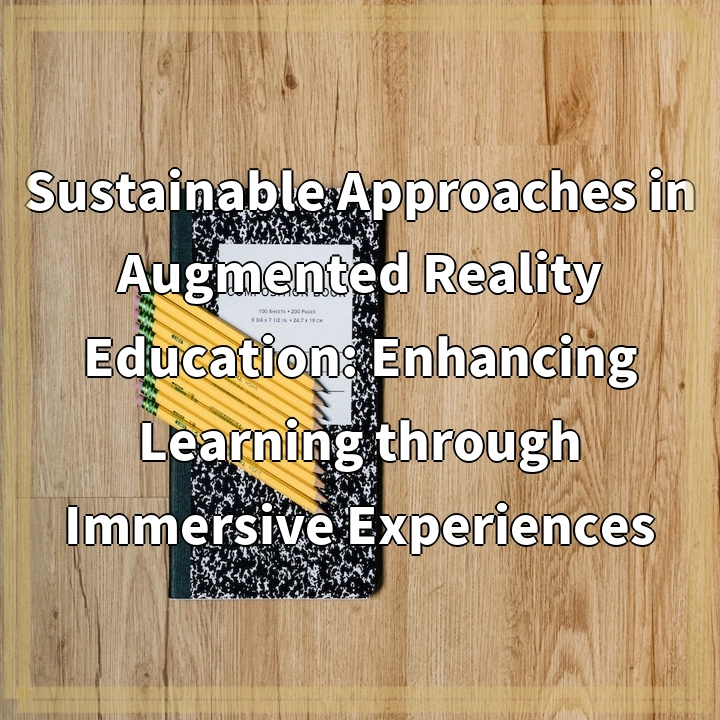
What is Sustainable Public Transport Solutions?
Sustainable public transport solutions refer to initiatives and strategies aimed at creating environmentally friendly and efficient public transportation systems in urban areas. These solutions prioritize modes of transportation that reduce carbon emissions, promote energy efficiency, and improve the overall livability of cities.
Real-World Problems Associated with Sustainable Public Transport Solutions
Despite the numerous benefits of sustainable public transport solutions, there are several significant challenges that need to be addressed for successful implementation. These problems often vary depending on the specific city or region, but some common issues include:
Inadequate Infrastructure:
Many cities lack the necessary infrastructure to support sustainable public transport systems. This includes insufficient or outdated transportation networks, limited access to bus or train stations, and a lack of designated lanes or paths for bicycles and pedestrians. Inadequate infrastructure can hinder the efficiency and accessibility of sustainable transport options.
Resistance to Change:
Introducing new public transport solutions often faces resistance from various stakeholders, including commuters, car owners, and influential interest groups. Some people may be reluctant to switch from private vehicles to public transport due to concerns regarding convenience, reliability, or personal preferences. Overcoming this resistance requires extensive public awareness campaigns, effective communication, and showcasing the benefits of sustainable transportation.
Affordability and Accessibility:
Affordability and accessibility are essential factors for the success of sustainable public transport solutions. In some cases, the cost of using public transport may be high relative to the local income levels, making it less accessible to certain communities. Additionally, the lack of integration between different modes of public transport can create inconvenience and inefficiency, discouraging people from utilizing sustainable options.
Political Will and Funding:
Implementing and maintaining sustainable public transport systems requires strong political will and adequate funding. However, decisions regarding infrastructure development, transport policies, and financial allocations are often influenced by various political factors. Insufficient funding or lack of political support can significantly hinder the progress of sustainable transport initiatives.
Behavioral Patterns and Cultural Norms:
Changing long-established behavioral patterns and cultural norms around transportation is a significant challenge. Personal car usage is deeply ingrained in many societies, and convincing individuals to change their habits and prioritize sustainable transport alternatives can be difficult. Addressing this aspect requires comprehensive education and awareness programs, as well as incentives to encourage sustainable behaviors.
Overcoming these real-world problems is crucial for the successful adoption and implementation of sustainable public transport solutions. By addressing infrastructure gaps, promoting behavioral change, and securing political commitment, cities can move towards greener and smarter transportation systems that benefit both the environment and the well-being of their residents.

Solutions for Sustainable Public Transport
To overcome the real-world problems associated with sustainable public transport solutions, cities and governments can implement a range of measures to promote and enhance the adoption of greener and smarter transportation options.
Investing in Infrastructure:
Developing and improving the necessary infrastructure for sustainable public transport is a key solution. This includes building and expanding networks of buses, trams, trains, and bike lanes, as well as ensuring seamless integration between different modes of transport. Creating well-designed and accessible stations, stops, and terminals can further encourage people to choose sustainable options.
Encouraging Multi-Modal Connectivity:
Promoting the convenience and ease of using multiple modes of transport can encourage people to shift away from private vehicles. This can involve implementing integrated ticketing systems, providing bike-sharing programs near public transport hubs, and facilitating first-and-last-mile connections through walkways and dedicated shuttle services. Enhancing the overall connectivity and accessibility of the transport network can make sustainable options more attractive.
Educating and Raising Awareness:
Educating the public about the benefits of sustainable transport and the potential negative impacts of private car usage is crucial. Raising awareness through campaigns, workshops, and community engagement programs can help change attitudes and behaviors towards greener transportation choices. Providing information about the environmental, health, and cost-saving advantages of public transport can motivate individuals to make sustainable choices.
Making Transport Affordable and Equitable:
Improving the affordability and accessibility of sustainable public transport is essential. Cities can implement fare reductions, concession programs for specific population groups, and affordable monthly passes. Ensuring that public transport serves all communities, including underserved neighborhoods and suburban areas, can help create a more equitable transportation system.
Engaging Stakeholders and Building Partnerships:
Engaging and involving stakeholders, including residents, businesses, community organizations, and transport providers, is key to a successful transition towards sustainable public transport. Encouraging collaboration and building partnerships can help address concerns, identify specific needs, and ensure the development and implementation of effective solutions that meet the requirements of different stakeholders.
By implementing these solutions, cities can overcome the challenges associated with sustainable public transport and move towards greener and smarter transportation systems. These measures can contribute to reducing carbon emissions, improving air quality, enhancing urban livability, and promoting more sustainable and inclusive communities.















